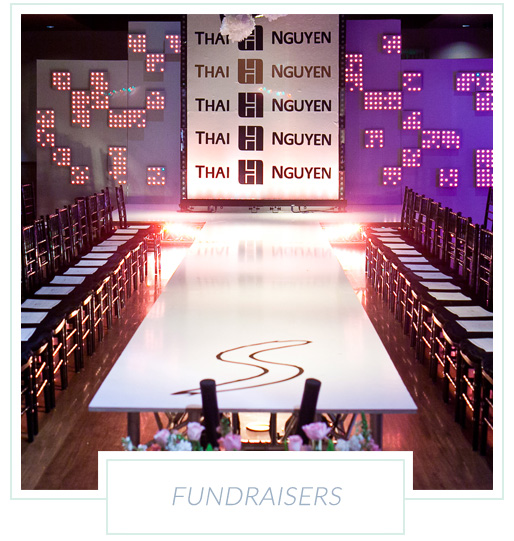Crucial Tactics for Maximizing the Durability of The LED Display
Wiki Article
LED walls are growing increasingly widely used for various purposes, from marketing to entertainment. To guarantee that these screens function efficiently over time, it is crucial to adopt tactics that maximize their lifespan. Comprehending the elements that affect the longevity of LED walls can help operators maintain their performance and prevent unneeded replacements.
One of the main factors that can extend the durability of an Light Emitting Diode wall is proper setup. It is vital to have a professional crew handle the setup process to guarantee all parts are correctly attached. Inadequate installation can lead to power issues or mechanical damage. Additionally, the placement of the Light Emitting Diode screen should consider environmental conditions such as light exposure and moisture levels. A well-installed screen in a proper location will minimize the chance of damage caused by outside elements.

Routine maintenance is a further crucial strategy to prolong the lifespan of an Light Emitting Diode wall. This includes regular checks to check for any signs of deterioration or failure. Dust and dirt can build up on the top of the Light Emitting Diode panels, affecting luminosity and hue quality. Cleaning the displays with suitable cleaners will help maintain optimal clarity. It is also important to monitor the electronics behind the display, making sure that all links are secure and that there are no overheating issues, which can significantly shorten the lifespan of the parts.
Electrical control plays a vital role in enhancing the lifespan of an Light Emitting Diode wall. Over-voltage or fluctuating electricity supply can harm the inner circuitry. To avoid this, using a reliable electric supply and putting in place surge protection measures is advisable. Additionally, setting the screen to function at lower brightness levels when high luminosity is not required can lessen wear on the lights. This not only extends the lifespan of the wall but also conserves power, making it a economical option.
In addition, software control can affect the functionality of Light Emitting Diode screens. Regularly refreshing the program that operates the screen guarantees that it operates efficiently and incorporates any necessary security patches. Outdated software can lead to functionality issues and may put the address system to risks. Proper scheduling of content can also help in managing the workload of the display, allowing it to idle during off-peak hours, which can aid to a greater durability.
In conclusion, maximizing the lifespan of an Light Emitting Diode screen involves a combination of proper setup, routine maintenance, efficient electric management, and careful software management. By focusing on these essential strategies, users can guarantee that their Light Emitting Diode displays stay operational and visually pleasing for numerous years. Taking preventive steps will not only enhance the functionality of the LED wall but also provide a greater return on cost over the years.